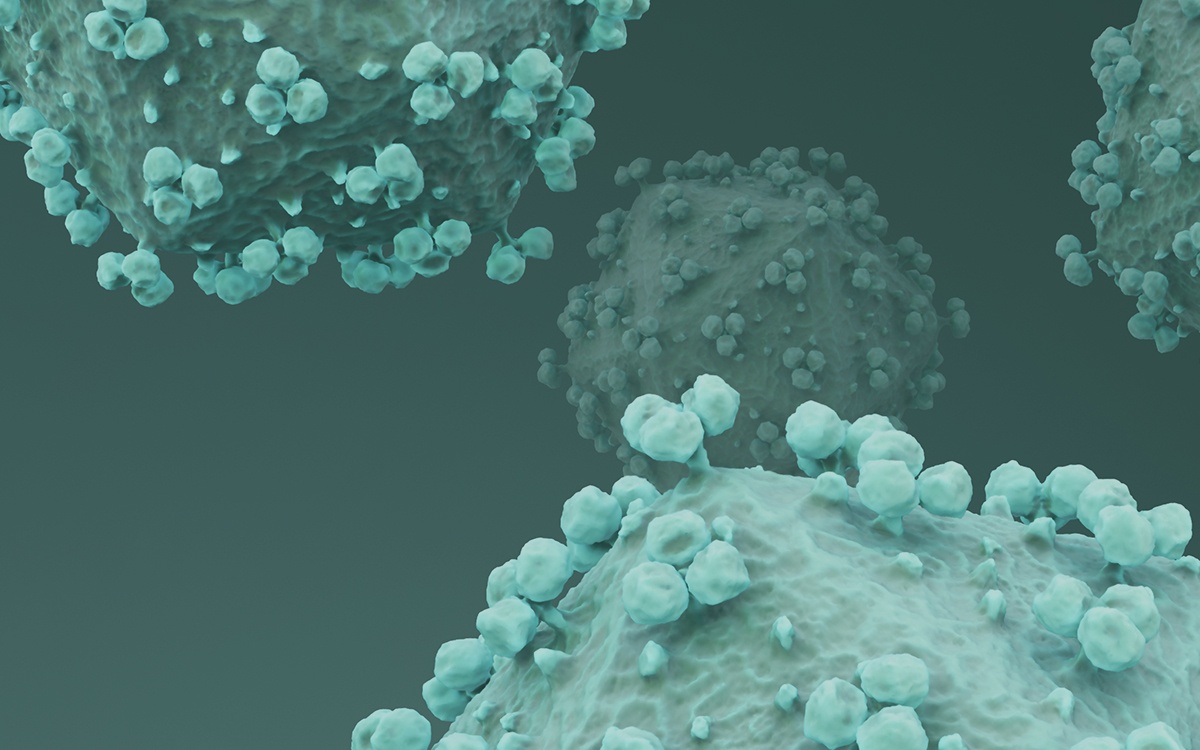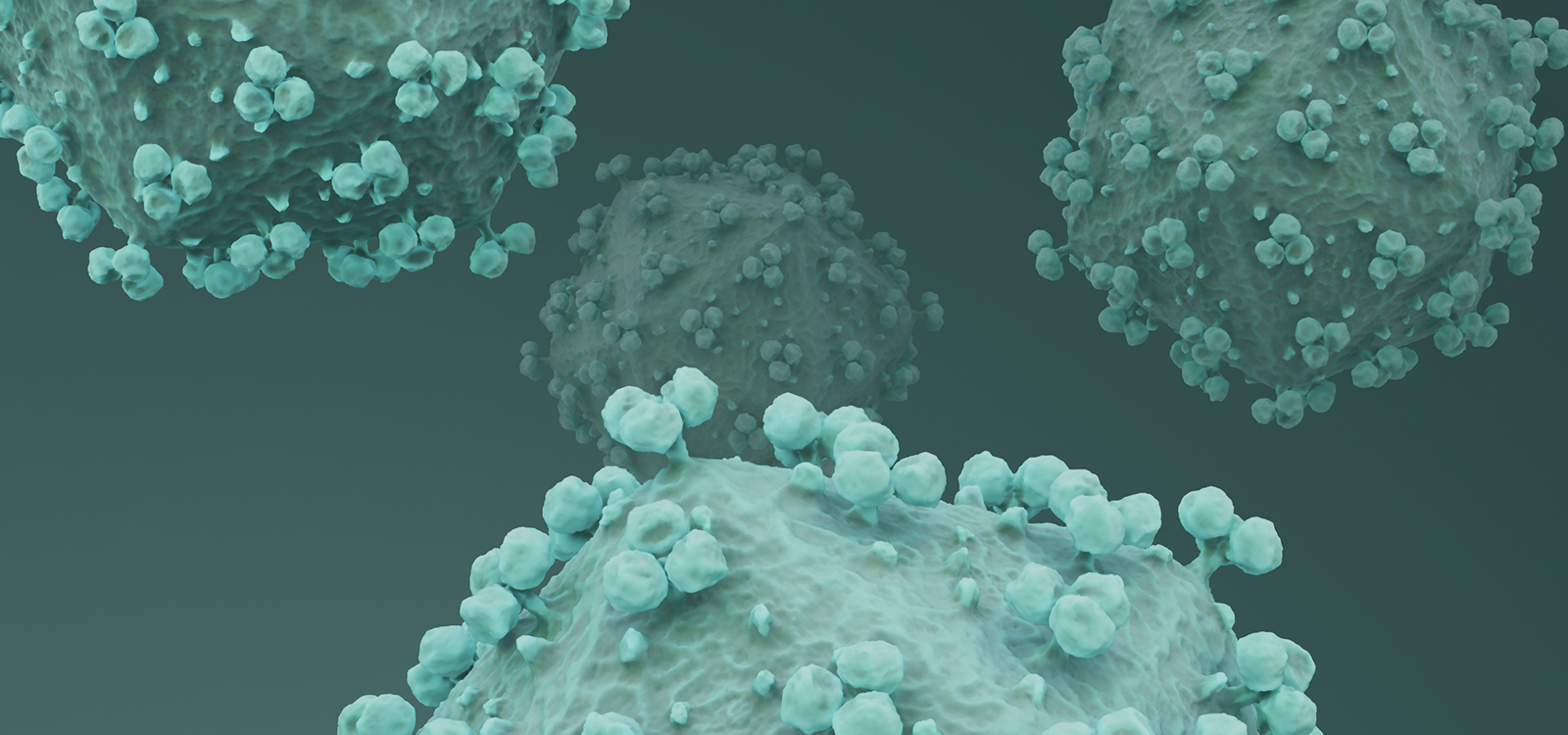What you should know
Risks for transmission
- Unprotected oral, vaginal or anal sex with someone who has HIV
- Shared needles or other drug paraphernalia
- Have had previous STIs
- Organ transplantation or blood transfusions prior to 1985
- Tattooing with non-sterile needles
- Have had multiple sexual partners
- Transmission during pregnancy, childbirth or breastfeeding (mother to child)
- Have unprotected sex with someone from a country where HIV is common
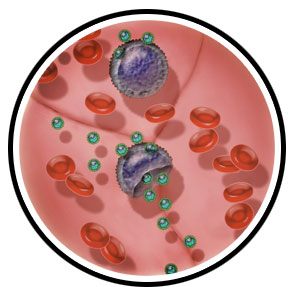
Symptoms
AIDS can take many years to develop in a person with HIV. The average length of time from HIV infection to AIDS is about ten years.
Acute
- Mild flu like symptoms two to four weeks after exposure that disappear after a few weeks
- These can include muscle or join aches, rash, malaise, fatigue, enlarged lymph nodes, sore throat, headaches, oral and/or genital ulcers, weight loss, nausea, vomiting or diarrhea.
Chronic Asymptomatic
- No symptoms with generalized enlarged lymph nodes that can last for a period of years
Chronic symptomatic
From about 10 years onwards there are many symptoms including
- Fever, fatigue, weight loss, chronic diarrhea
- Enlarged lymph nodes
- Abnormal Pap smear
- Shortness of breath
- Dry cough
- Loss of vision
- Recurrent or chronic yeast infections
- Lesions on the skin, in the mouth, vagina, and/or anus
- Severe herpes zoster (shingles) or herpes simplex (genital or oral ulcers)
- Anemia
AIDS
- Severe infections with uncommon bacteria,
fungi, viruses and parasites - Cancers
- Dementia
- Death
Prevention
- Use condoms during sexual activity (oral, vaginal, anal)
- Avoid sharing contaminated needles
- For someone who knows they will be having intercourse or will otherwise be exposed to bodily fluids of someone with HIV, they can consider pre-exposure prophylaxis (PrEP) to prevent transmission of HIV. This is not without risks and requires consultation with a doctor.
- For someone with a likely exposure to HIV through contact with blood, breast milk, vaginal or anal secretions, post-exposure prophylaxis (PEP) can reduce the risk of becoming infected with HIV. PEP needs to be started within 72 hours of exposure for maximum effect.
- Reduce the number of sexual partners
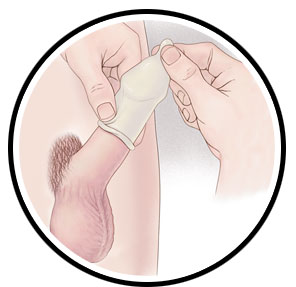
Testing
- Testing is performed by blood work.
- Specific testing sites may have the ability for anonymous HIV testing.
- It may take up to three months for an infection to be detectable.
- It is important to understand that while HIV is a serious infection, it is now largely considered a chronic disease. HIV can be managed with anti-retroviral medications and frequent medical surveillance.
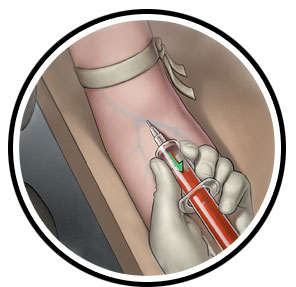
Treatment
- The mainstay of HIV treatment is antiretroviral therapy.
- Some people will require prophylaxis against certain infections until their CD4 count builds back up.
- HIV is considered a chronic disease with many people living with HIV having a normal life expectancy. This can happen with specialized multidisciplinary healthcare.
- There is no cure for HIV/AIDS however there are some treatments to slow the progression of the disease (antiretroviral therapy).
- Partner notification is important; infected individuals should seek guidance from their health care professional. Most public health officials can assist in partner notification.
Complications
- In Canada it is estimated that about 1 in 5 people (or 20%) with HIV do not know they are infected and risk transmitting the virus to others.
- The main complication of HIV is the progression to AIDS, which occurs in most individuals who are untreated, and with some strains of the virus that are resistant to current therapies.
- Examples of AIDS-defining illnesses include severe infections, cancers (such as cervical cancer and a skin cancer called Kaposi’s sarcoma), severe herpes outbreaks, brain conditions including dementia, chronic intestinal disturbances, and death.
